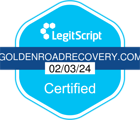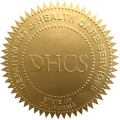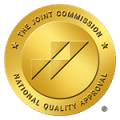⚠️Visitors to our site are often searching for information because they, their friend, or a family member has unfortunately fallen into use of dangerous substances. We aim to provide information on Free Drug Rehab In Oklahoma and statistics but more importantly, we strive to protect people from the dangers of all forms of substance abuse!⚠️
Don’t hesitate to call our admissions department at (855) 855-9593 or click the button below to get substance abuse help for yourself or a loved one.
We Can Help You Recover From Substance Abuse
Call Golden Road Recovery Today To Start Healing!
Key Points
- “Free” rehab isn’t always completely cost-free—insurance often covers comprehensive treatment.
- Oklahoma’s illicit drug use rate exceeds the national average, with 9.66% of residents reporting past-month use.
- Methamphetamine lab seizures in Oklahoma surged 440% from 2008 to 2011, driven by “smurfing” and “one-pot” labs.
- Drug-induced deaths in Oklahoma (20.8 per 100,000) outpace national rates, surpassing motor vehicle and firearm deaths.
- Marijuana leads as the most common drug in Oklahoma’s primary treatment admissions, followed by stimulants like methamphetamine.
- Inpatient medically assisted rehab offers the best solution for managing addiction, providing structured care and medical support.
The Myth of Completely Free Drug Rehab in Oklahoma
When seeking drug and alcohol treatment, individuals frequently search for “Free drug rehab in Oklahoma” It’s important to understand that while completely free services exist, they often come with strict eligibility requirements or limitations. However, many rehab centers, including Golden Road Recovery, offer programs that can significantly offset or entirely cover treatment costs through insurance or scholarship opportunities.
Understanding How Insurance Can Cover Your Rehab in Oklahoma
Most people are unaware that their health insurance policy often covers substance abuse treatment. Under the Affordable Care Act (ACA), addiction treatment is considered an essential health benefit. This means that if you have insurance—private, Medicaid, or even Medicare—you may qualify for a substantial reduction or complete coverage of your treatment costs.
To determine your coverage, contact your insurance provider and ask specifically about addiction treatment benefits. Golden Road Recovery has admissions specialists who can assist you in navigating this process, verifying your benefits, and clarifying exactly what your insurance covers.
Free Drug Rehab And Statistics By State
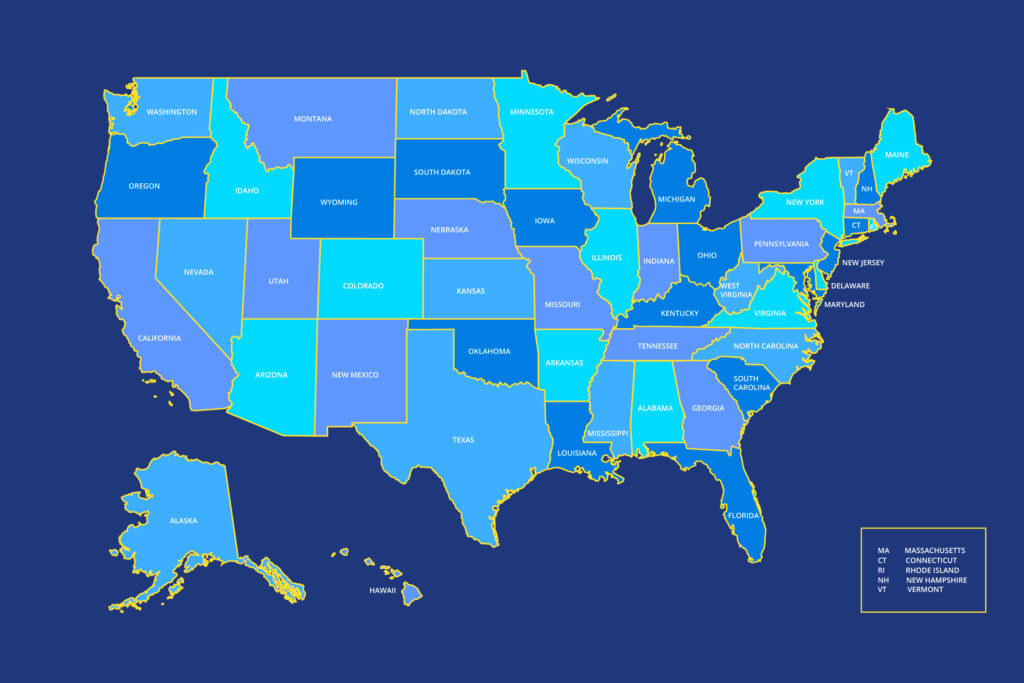
Golden Road Recovery has streamlined the process of finding rehabilitation options by state as well as providing statistics. Simply select your state from the dropdown list below to access specific local resources and treatment information.
Introduction
Oklahoma faces a growing challenge with illicit substance use. The state’s drug use rates exceed national averages. Methamphetamine production has surged in recent years. Prescription drug abuse is a rising concern. Drug-induced deaths outnumber other causes of mortality. This article explores Oklahoma’s illicit substance use statistics. It highlights key trends and issues. Golden Road Recovery offers solutions for those struggling. Inpatient rehab is a critical tool for recovery. Understanding these statistics can guide effective interventions.
Illicit Drug Use in Oklahoma
In 2009-2010, 9.66% of Oklahoma residents used illicit drugs monthly. The national average was 8.82%. For drugs excluding marijuana, 4.57% of Oklahomans reported past-month use. The national rate was 3.6%. Young adults aged 18-25 showed higher rates of use. Oklahoma ranked among the top ten states for drug use. Past-year non-medical pain reliever use was also high. These trends highlight Oklahoma’s significant drug challenge. Early intervention is crucial for addressing this issue.

Methamphetamine Crisis
Methamphetamine lab seizures in Oklahoma rose dramatically. From 2008 to 2011, incidents increased by 440%. In 2008, 184 labs were seized. By 2011, this number reached 993. “Smurfing” involves bulk pseudoephedrine purchases for meth production. “One-pot” labs are small and mobile. These methods fuel the meth surge. Nationwide, meth lab seizures rose 53% during this period. Oklahoma’s increase far exceeded this trend. Stronger regulations could curb this epidemic.
Prescription Drug Abuse
Prescription drug abuse is a national crisis. Oklahoma is no exception to this trend. Non-medical use of pain relievers is prevalent. Young adults aged 18-25 report high rates of misuse. The Oklahoma Prescription Monitoring Program tracks controlled substances. It requires dispensers to report within 24 hours. This helps detect diversion and abuse. Education for patients and providers is essential. Safe disposal methods can prevent misuse. Enforcement reduces “pill mills” and “doctor shopping.”
We Can Help You Recover From Substance Abuse
Call Golden Road Recovery Today To Start Healing!
Drug-Induced Deaths
In 2009, 766 Oklahomans died from drug-induced causes. This exceeded motor vehicle deaths (736). It also surpassed firearm deaths (533). The state’s drug death rate was 20.8 per 100,000. The national rate was 12.8 per 100,000. These deaths stem directly from drug use. Oklahoma’s rate highlights a severe public health issue. Addressing addiction can lower these numbers. Treatment programs are vital for prevention.
Drugged Driving
Drugged driving is a growing concern in Oklahoma. One in eight weekend nighttime drivers tested positive for drugs. In 2009, 33% of fatal crash victims tested drug-positive. Oklahoma lacks a Per Se standard for drugged driving. Current laws penalize driving under the influence of substances. These substances impair the central nervous system. Fines and imprisonment are possible consequences. Stronger laws could enhance enforcement efforts. Public awareness campaigns are also needed.
Community-Based Prevention
Community efforts play a key role in prevention. The Drug Free Communities (DFC) program supports local coalitions. In 2012, Oklahoma had multiple DFC grantees. These included Adair County Get Lifted Coalition and others. The National Youth Anti-Drug Media Campaign targets youth. Its “Above the Influence” initiative inspires drug rejection. Local partnerships strengthen these efforts. Data-driven strategies reduce youth drug use. Community mobilization is critical for success.
We Can Help You Recover From Substance Abuse
Call Golden Road Recovery Today To Start Healing!
High Intensity Drug Trafficking Areas (HIDTA)
Oklahoma’s North Texas HIDTA includes six counties. These are Cleveland, Comanche, Muskogee, Oklahoma, Sequoyah, and Tulsa. The region is a drug distribution hub. Mexican drug trafficking organizations supply methamphetamine and other drugs. Ice methamphetamine is the primary threat. Coordination among agencies enhances drug control. Resources like equipment and technology aid efforts. Combating trafficking reduces drug availability. This protects Oklahoma communities from harm.
Inpatient Medically Assisted Rehab: The Best Solution
Inpatient medically assisted rehab is highly effective for addiction. It provides a structured and supportive environment. Patients receive 24/7 medical supervision and care. Detoxification is safely managed with professional oversight. Withdrawal symptoms are addressed with medications when needed. Therapy sessions target underlying causes of addiction. Group and individual counseling build coping skills. Relapse prevention plans ensure long-term recovery. Inpatient rehab minimizes external triggers and distractions. Golden Road Recovery excels in this approach.
This method suits severe addictions like methamphetamine or opioids. It addresses both physical and psychological dependence. Patients stay for weeks or months, depending on needs. Medical staff monitor progress and adjust treatments. Behavioral therapies complement medical interventions. Family involvement can enhance recovery outcomes. Inpatient care offers comprehensive support for lasting change. It reduces the risk of relapse significantly. Oklahoma’s high drug use rates demand such solutions.
We Can Help You Recover From Substance Abuse
Call Golden Road Recovery Today To Start Healing!
How Golden Road Recovery Can Help
Golden Road Recovery offers hope for those struggling. Their inpatient programs provide comprehensive care for addiction. Medical detox ensures safe withdrawal from substances. Licensed professionals tailor treatment plans to individuals. Therapy addresses emotional and psychological challenges. Group support fosters a sense of community. Relapse prevention equips clients with tools for sobriety. Aftercare programs support long-term recovery goals. The facility serves Oklahoma’s unique needs. Contact Golden Road Recovery for help today.
The center uses evidence-based practices for treatment. Cognitive-behavioral therapy is a core component. Motivational interviewing encourages commitment to change. Family therapy repairs relationships affected by addiction. Golden Road Recovery accepts various insurance plans. Their staff is trained in addiction medicine. They understand Oklahoma’s drug challenges. The facility creates a safe, supportive environment. Clients rebuild their lives with professional guidance. Recovery is achievable with the right support.
FAQs
Q: What is the primary drug of abuse in Oklahoma?
A: Marijuana is the most commonly cited drug in treatment admissions, followed by stimulants like methamphetamine.
Q: How severe is Oklahoma’s drug-induced death rate?
A: In 2009, Oklahoma’s rate was 20.8 per 100,000, exceeding the national average of 12.8 per 100,000.
Q: What drives the rise in methamphetamine labs in Oklahoma?
A: “Smurfing” and “one-pot” labs contribute to a 440% increase in meth lab seizures from 2008 to 2011.
Q: Does Oklahoma have a prescription drug monitoring program?
A: Yes, it tracks controlled substances and requires dispensers to report within 24 hours to deter abuse.
Q: How can Golden Road Recovery assist with addiction?
A: They offer inpatient medically assisted rehab, detox, therapy, and aftercare tailored to individual needs.
Sources
- KFF Oklahoma Mental Health and Substance Use Fact Sheet – https://www.kff.org/statedata/mental-health-and-substance-use-state-fact-sheets/oklahoma/
We Can Help You Recover From Substance Abuse
Call Golden Road Recovery Today To Start Healing!
